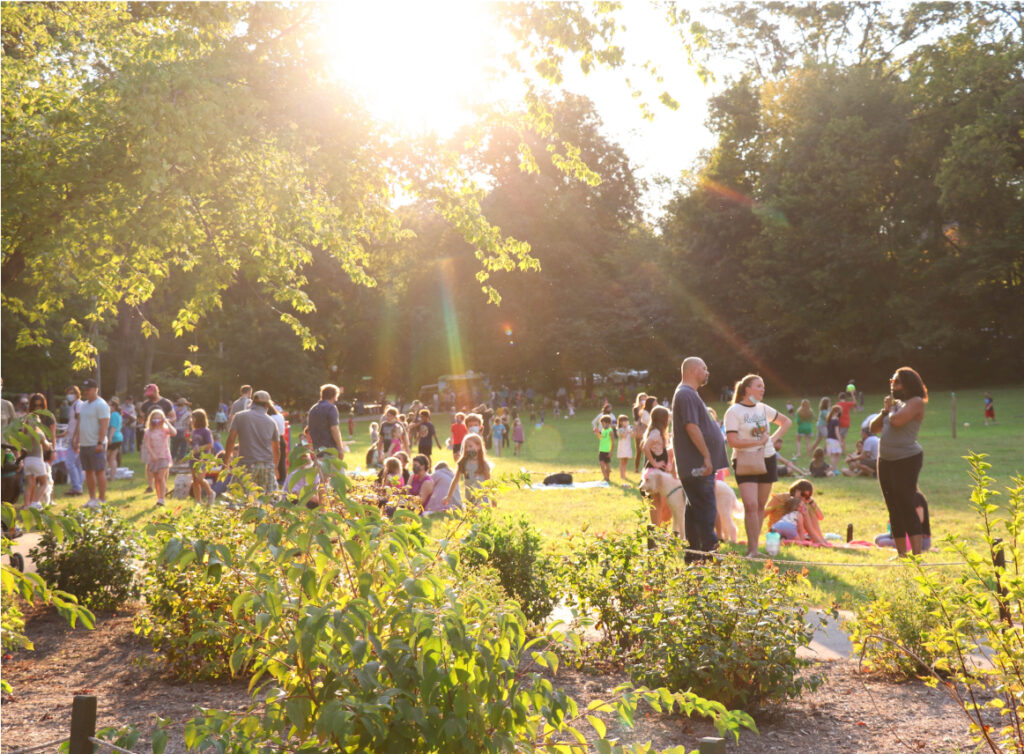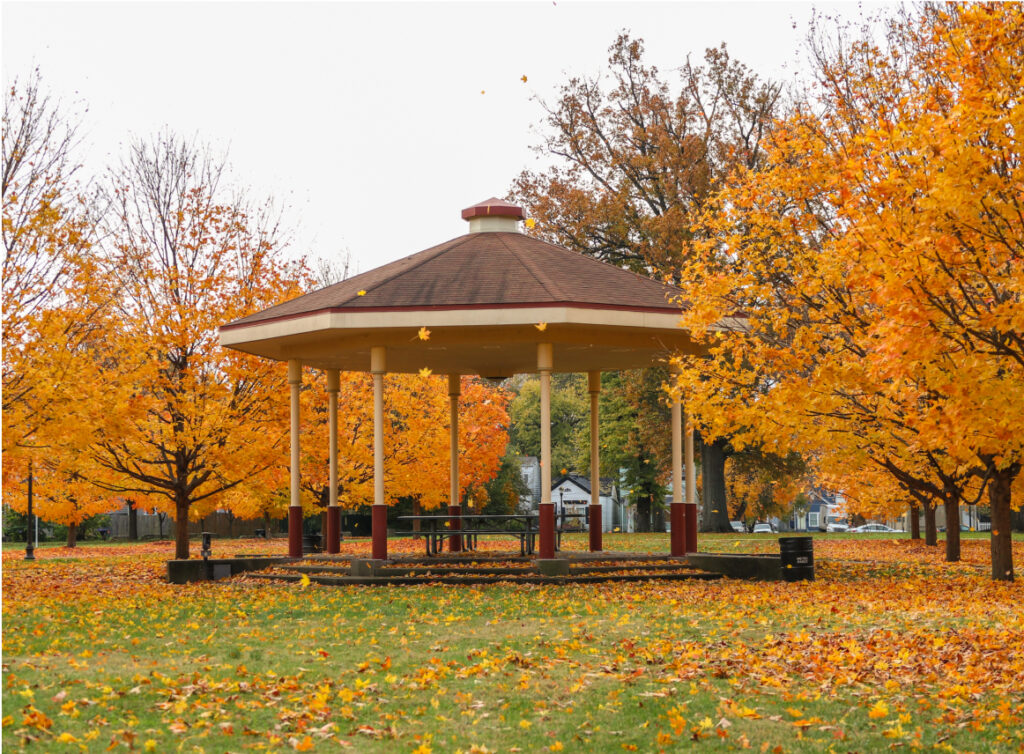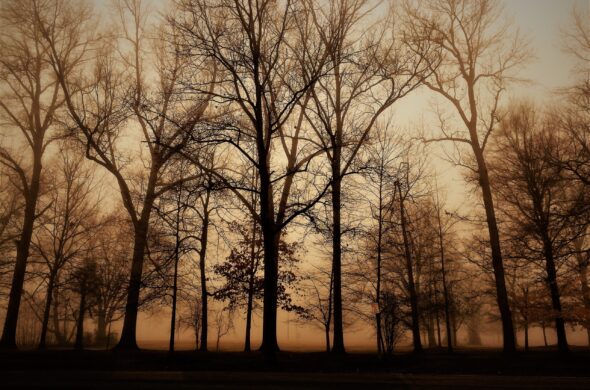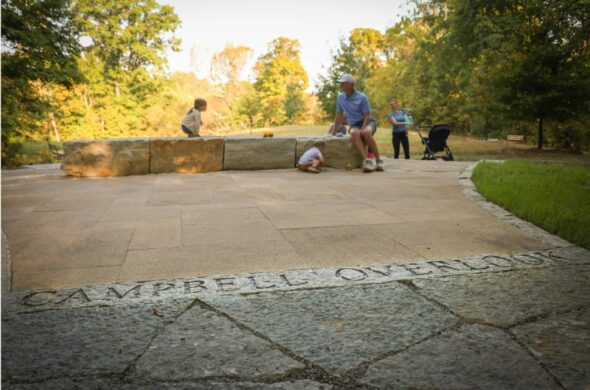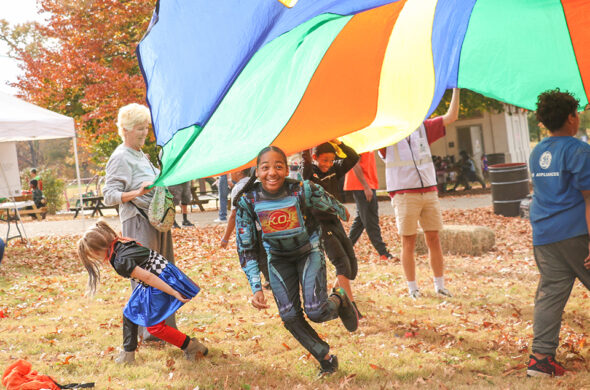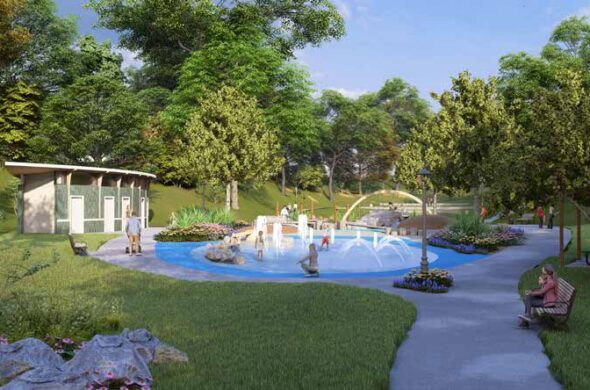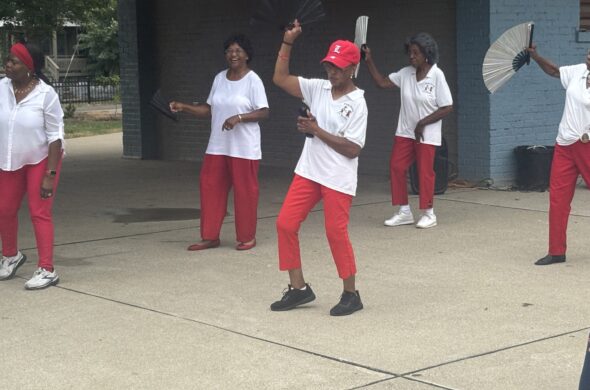Working each day for healthy and vibrant Olmsted Parks
In 2006, we launched a Woodlands Campaign in an effort to fund a crew to remove invasive species from Cherokee and Seneca Parks. The 1974 tornado removed 80% of the hardwood tree canopy and the newly opened forest floor was a magnet for invasive species, primarily bush honeysuckle planted by the Federal Highway department along I-64 and other highways.
Since that time, the Team for Healthy Parks has become an integral part of our work. They plant and manage the beautiful prairies and meadows that support our pollinators and birds. They design, plant, and maintain formally landscaped areas in all our parks. They take care of our natural trails in Iroquois, Cherokee, and Seneca Parks. They help clear the river view shed in Chickasaw Park. They oversee the planting and care of trees planted in all our parks. They monitor our parks for invasive plant species and track indicator species, like salamanders. The Team for Healthy Parks uses a data-driven scientific approach in this work, and they are our park experts.
Park Stewards are specially trained volunteers who support the work of our Team for Healthy Parks. Email matt.spalding@olmstedparks.org for information on training sessions.




